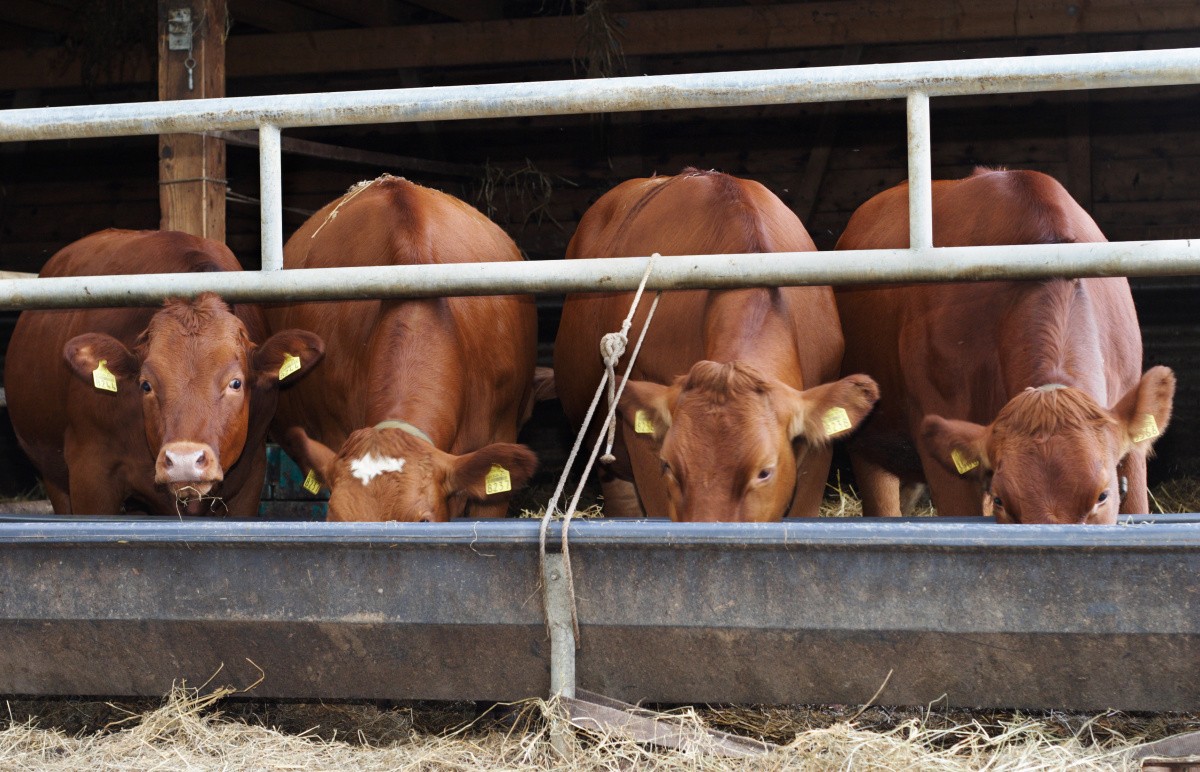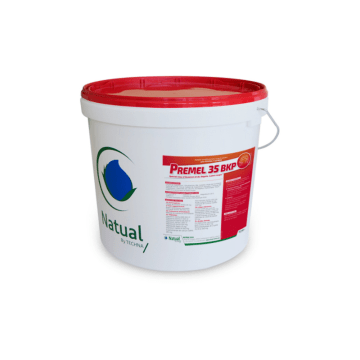Coughing, runny nose, hyperventilation and hyperthermia are some of the warning signs that a bovine animal's respiratory tract is likely to be damaged. The bovine respiratory system is both reduced and segmented, which makes them more susceptible to breathing difficulties. These challenges can range from mere discomfort to the development of genuine pathologies that can cause up to 20% of economic loss in fattening or growth stocks. Even though bovine species are endowed with very efficient immune systems, it is essential to know how to fully utilize these natural defenses. Here is our sustainable approach for preventing performance drops resulting from such problems.
Breathing disorders, an often heavy technical-economic impact in cattle farming
In cattle farming, poor housing conditions, allotments and abrupt feeding transitions are particularly disturbing for dairy or suckling cows. The more they are stressed and weakened, the more these animals are prone to bacteria and viruses, regardless of their age. Respiratory disorders are one of the main signs of this imbalance.
These disorders are manifested in all age groups. In this context, the mortality of young dairy or suckling calves may reach up to 20%.; the overall profitability of the farm may drop by 25% for fattening animals because of growth retardations.
The respiratory tract, a bovine’s genuine Achilles heel
Where does this weakness come from? In fact, cattle present original and complex lung morphology; it is both asymmetric and very segmented as it is composed of five left lobes and three left lobes. The respiratory volume is reduced by half compared with other mammals of equivalent weight. Yet this deficit is offset by an increased respiratory rate and a faster air flow. What is worse, the production of toxic gases - such as methane and ammonia - by ruminal bacteria exposes their whole respiratory tract to constant irritative fluxes.
Still, bovines’ asset lies in their strong line of defense at the trachea level; this is true for dairy cows, suckler calves, sheep, goats. This duct acts as a major filter; it measures about a meter long and leads to the lungs. Air purification is carried out by the cilia that cover the trachea membrane. Infectious agents contained in the air are first fixed in the mucus and deactivated by the different components of the animal immune system (antibodies, T cells, macrophages). At the same time, cilia vibrate to expel the mucus. This process is also referred to as mucociliary purification. If the congestion is too serious, coughing can accelerate the mechanical expulsion of mucus or of other undesirable elements.
Identification and prevention of potential breeding respiratory disorders
When confronted to respiratory difficulties, the causes to these issues must be sought by examining housing conditions: quality of ventilation, density of animals, the presence of dust and gases (ammonia ...) in the building included.
The second step involves defining the type of stresses related to rearing conditions. Note that changes in buildings or in farming organisations are often necessary for preventing the emergence of respiratory disorders. For example, mixing cattle of different origins or ages within a same building increases the risk of diseases.
Finally, we must ensure that the animal’s self-defenses are supported by taking four important precautions. Make sure to:
- Perform appropriate vaccinations, in fully mastered sanitary conditions.
- Provide animals with optimal nutritional status. To this vein, we can attempt to strengthen the immunity of bovines against all kinds of aggressions (Zinc, Copper, B vitamins, for example) and maintain a good digestive balance.
- Avoid unnecessary stress through better farming practices and limiting stress consequences by the intake of specific nutrients such as magnesium (important for the neurophysiological balance).
Add plant-based ingredients to stimulate the defense mechanisms of the respiratory tract (eucalyptus, thyme ...).
The management of risks linked to the respiratory tract is an important factor for improving the performance of cattle. Reduced mortality at a young age, reduced use of costly medication and optimised growth performance are some of the benefits that will make your investment with us worth the try. We commit to act when you need it, where you need it, with what you need. For more information, please consult our experts!



